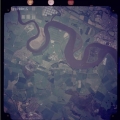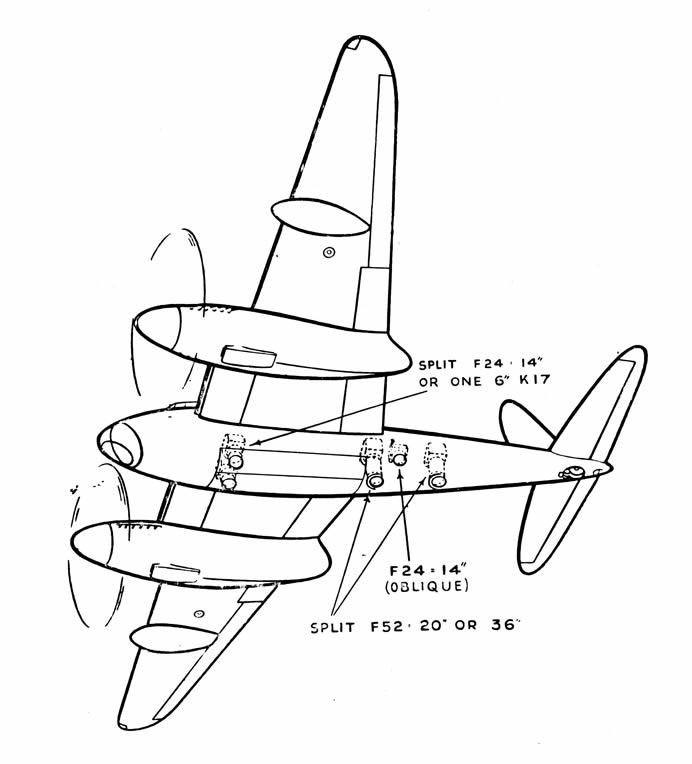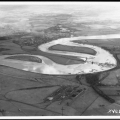Vertical
This image is a vertical aerial photograph of the River Forth at Throsk, Stirlingshire, in 1988.
Vertical photographs are the most common type of aerial photograph for remote sensing and aerial survey purposes. They can be scaled, allowing objects and distances to be measured, aiding in their identification. When viewed in stereo, vertical photographs can give information about the height or the vertical characteristics of landmarks and buildings.
Vertical aerial photographs can provide very useful information, in conjunction with maps and other sources, when searching for unexploded ordnance or assessing property boundaries, for example.
|
 |





